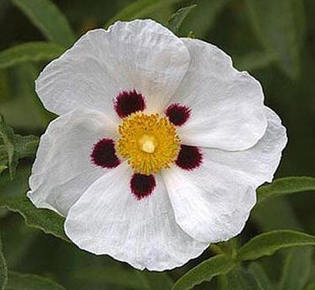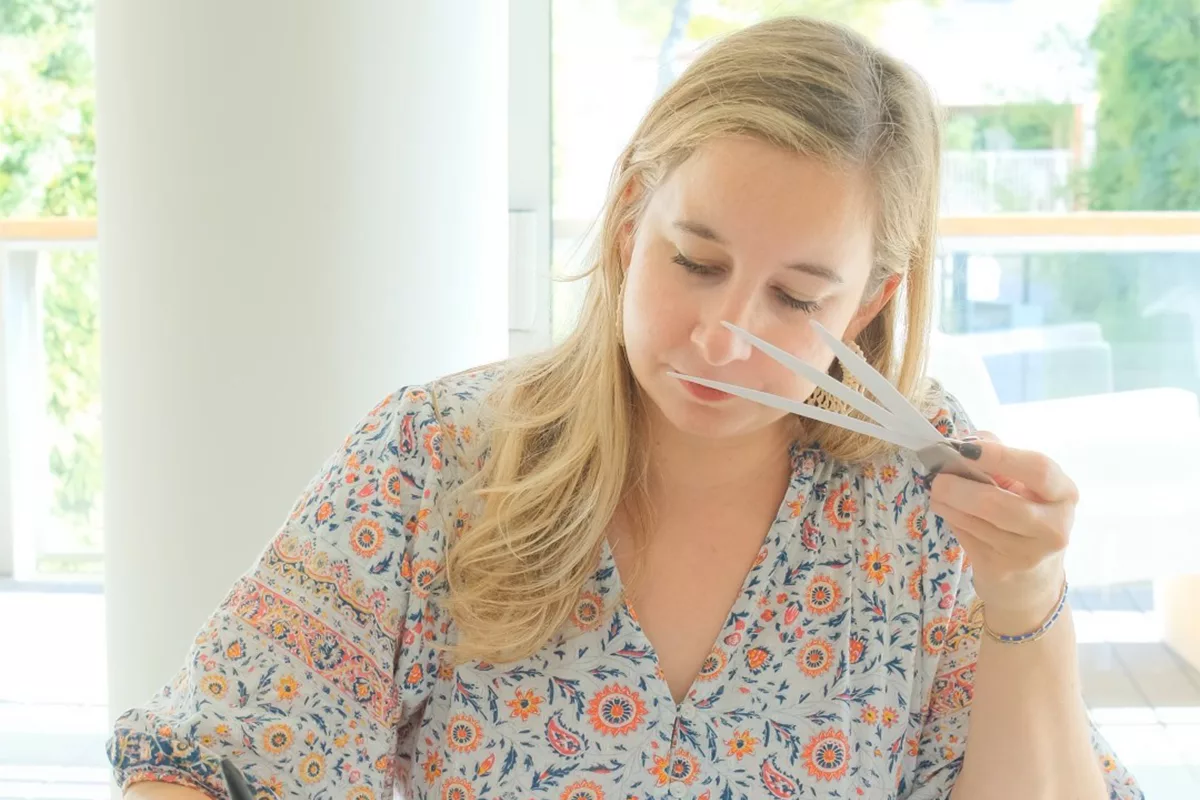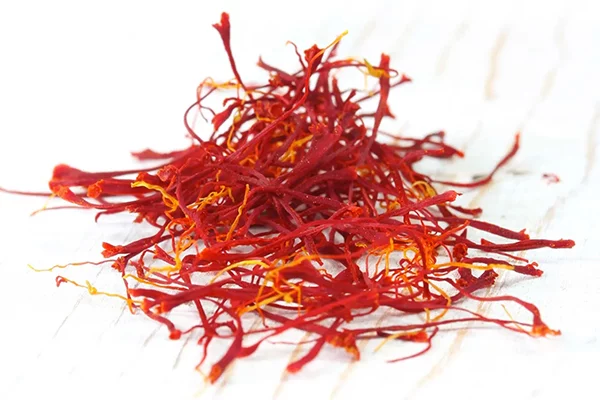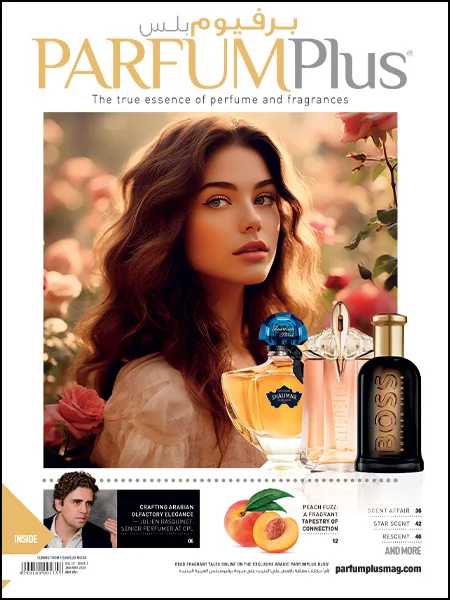The humble labdanum is one of those perfume ingredients that stay on the background but which perfumery can’t do without. Delve deeper into the mystery of the rockrose resin
When it comes to raw perfume ingredients, it seems as if temperate and tropical climates provide most of the materials which perfumery can’t cope without. Thus it comes as no surprise that it is precisely in these areas – ranging from Mediterranean shores to the deserts of Middle East and all the way to the tropical areas of Asia – that perfumery has the longest and the most fragrant history.
One of these ancient fragrant products that continue to be esteemed highly by perfumers all over the world is labdanum. labdanum is a sticky dark brown resin obtained from two species of rockrose; a small shrub that grows naturally around the Mediterranean. The plant itself and the beautiful flowers it produces are not very fragrant on their own, and only the resin of the rockrose is worthy of being employed in perfumery.

The history of labdanum goes back thousands of years. It was regarded as a holy substance by the people inhabiting the Eastern Mediterranean, and was even burned as incense in the temples of ancient Egyptians. labdanum also was and continues to be one of the most revered aromatic substances of the Arabic culture, known for its highly developed use in the art of incense and perfume.
Fragrant Profile of Labdanum
The odour profile of labdanum resin is incredibly complex, which explains its extensive use in modern perfumery. Some describe its scent as balsamic, woody, and leathery, while it has also been recognised for its sweet and mossy animalistic scent, which hints to the controversial animal product ambergris.

Because of this diverse character of labdanum, it can be used to create fascinating aromatic blends when combined with various other ingredients. Even ingredients with a powerful aroma of themselves will not overpower the subtle character of labdanum, but instead bring out unique characteristics of its fragrance profile.
Owing to its versatility, labdanum has played an important part in creating whole fragrance families which depend on the resin’s unique character. These are the so called amber and chypre perfumes.
Amber perfumes, despite its name, are in fact not based on Baltic amber, the fossilised tree resin commonly used in precious jewellery. Instead amber is a perfume genre created in the late 19th century when labdanum was combined with the newly invented synthetic vanillin. The complex and sweet scent of this combination was thought to remind of true Baltic Amber. Later amber perfumes were mixed with other resins beside labdanum such as benzoin and myrrh, leading to the modern fragrance family known as amber.
Compared to amber perfumes, the chypre family has an even longer history. The name chypre originates from the island of Cyprus, where since time immemorial the local population manufactured a scented cosmetic powder named Cipria. This powder became highly popular in the 17th century Europe, after which the fragrance of Cipria gradually made its way into perfumes.

The basic core of chypre perfumes are always constructed of citrus (usually bergamot), oakmoss, and labdanum. To this core there are added a variety of floral, woody, and animalistic notes. The result is an intriguing combination of fragrances vibrating with the contrast of pungent labdanum and fresh citrus.
Labdanum Classics
Labdanum can be a tricky substance to detect even by the seasoned perfume lover, because in most fragrances it is blended heavily with other ingredients. If you are searching for a reference perfume able to provide a clear labdanum note, try Le Labo’s Labdanum 18, created by Maurice Roucel in 2006.
Roucel’s creation combines labdanum with animalistic notes of civet and castoreum, and sweeter notes of vanilla and tonka bean. Right from the beginning the strong presence of labdanum creates an intriguing concord with the underlying sweet vanilla and hint of raw animalistic scents. As the fragrance develops, civet and castoreum suddenly amplify their presence, highlighting the balsamic quality of labdanum. After a while the animalistic notes preside, leaving behind a delicious combination of clear labdanum sweetened with a touch of vanilla and tonka beans.

For a more complex labdanum experience, take a go at Andy Tauers L’Air du Desert Marocain, launched in 2005 on Andy’s signature label. The fragrance opens with an intense mixture of coriander and cumin, softened by a touch of cedar and a clear note of labdanum. After a while the almost overwhelming spiciness is toned down by a warm heart of rose and jasmine, leading to a marvellous spicy dry down of cedar, labdanum, and cumin.
When it comes to the amber family of perfumes, there can be only a few creations that rank as high as Ambre Russe, created by Marc-Antoine Corticchiato in 2005 for Parfum d’Empire. Ambre Russe starts as very crisp and almost neutral, followed by a heartful infusion of tea and cinnamon. Slowly the amber, together with a wisp of incense, starts to envelop the fragrance into an intriguing and long-lasting combination.
The chypre family of fragrances is so expensive picking only one example proves difficult. Many would however vouch for Unspoken by Roja Dove as the ultimate chypre perfume. Unspoken combines top notes of bergamot and lavender to a heart of florals and an extensive base composed of resins, aromatic woods and labdanum. The initial impression is that of bergamot combined with jasmine, which only intensifies as the perfume moves towards its luscious floral core. After a while resinous, woody, galbanum-rich base creeps to the top, creating the perfect balance of notes that seem to last forever. Unspoken is truly one fragrance those lucky enough to try it will never forget.






